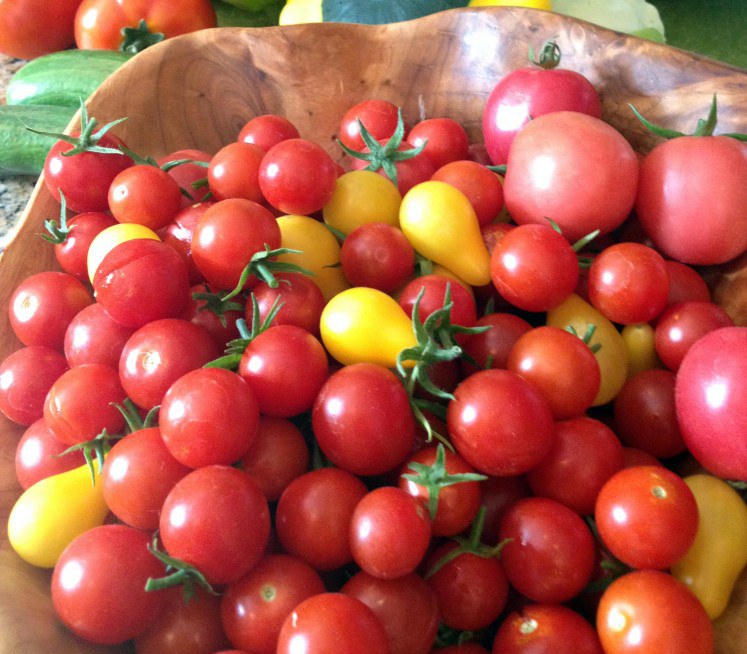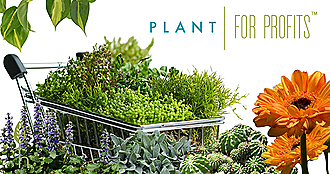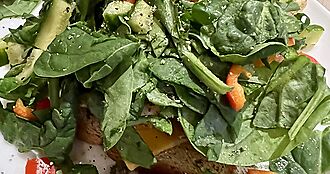Heritage Opportunities: Tomato Trends
Originally published in Produce Grower Magazine, February 2016 State of the Tomato - State of the Tomato Report: Trends
The health and wellness movement shows no signs of going away; diet recommendations and trends are changing faster than most consumers can keep up with them. Throw in concerns about the sustainability of our food system and environmental impact, and you have a complicated arena in which consumers have to make choices about their food. So, where do heirloom tomatoes fit into the equation when it comes to marketing to consumers? First, we need to take a look at some of the recent diet trends.

Go retro
Heritage is an important buzzword you should probably be paying close attention to these days. Heritage grains, heritage chickens, heritage seeds; all are becoming wildly popular. Part of the allure of going back to heritage breeds, such as heirloom tomatoes, is that they appeal to consumer’s sustainability and genetic conservation concerns. However, many of the current diet trends also focus on the health benefits of eating plants that have not been influenced by modern agricultural technology.
To drill down within the health and wellness movement, let’s take a look at several of the most current diet and eating trends to find opportunities for relevant products and marketing.
Going paleo
While there is much controversy surrounding the health value of food trends such as the Paleo diet, the industry can’t deny that such diets influence consumer produce choices. The goal of the Paleo diet is to bring one’s eating habits back to what they may have been for humans before the time of agriculture and modern food processing. The Paleolithic era began about 2.5 million years ago and ended about 10,000 years ago with the birth of agriculture.
As there were most likely no cultivated plant hybrids to be had during this period of human history, followers of the Paleo diet are encouraged to put a strong emphasis on eating heirloom and indigenous foods. The hunter-gatherer diet favors grass-fed animal protein and bans cereal grains, tubers and legumes. It does, however, encourage hearty consumption of fresh fruits, vegetables, nuts and seeds.
Decolonizing
While the Paleo diet has been a media mainstay for the past several years, you may not be as familiar with the Decolonized Diet. With a growing base of followers, this diet is based on foods that would have been consumed by Native Americans several centuries ago, before European colonization.
The diet emerged as a response to common health issues, such as obesity and diabetes, experienced by modern Americans. The foods to be avoided in this diet are primarily wheat and sugar. Heritage, indigenous and heirloom varieties of vegetables and fruits, such as Cherokee tomatoes, are highly prized and cultivated within this diet.
Balancing with Ayurveda
While there is nothing new about the practice of Ayurveda, the influence of this millennia-old philosophy continues grow in the U.S. Using a detailed analysis of one’s individual constitution, certain foods are deemed appropriate, or inappropriate, for consumption in order to balance certain health conditions.
Consumers who are looking to combat digestive issues and strengthen their immune system are turning Ayurveda to help them identify their “ideal” biologically compatible foods. Consuming whole foods in place of processed foods is key to successful biocompatible and seasonal eating, which are the cornerstones of an Ayurvedic diet.
Tomato talk
With heritage and seasonal foods being the common threads that tie each of these popular diet trends together, it’s easy to see how heirloom tomatoes are a perfect produce fit. According to the 2015 State of the Plate Report, produced by the Produce for Better Health Foundation (PBH), tomatoes are ranked no. 4 on the list of top vegetables eaten per capita during 2014, falling behind only potatoes, lettuce and onions. The report also states that flavor, convenience and price are big priorities for consumer when they make produce choices. There are both advantages and challenges with heirloom tomatoes when it comes to addressing each of these consumer priorities.
Grow heirloom
Technically speaking, an heirloom tomato variety is one that has been available as a stable open-pollinated variety for at least 50 years, with seed being passed down from generation to generation. Heirloom tomatoes are typically thought to be more genetically diverse and have better flavor, color and form than their cultivated hybrid siblings. However, if you want to get really technical, what we currently call heirloom tomatoes are most likely the result of rampant inbreeding that began sometime around Enlightenment Period (mid-1600s to early 1700s) straight through to the backyard gardens of the Great Depression Era. Thus, heirloom tomatoes may not be as genetically diverse as consumers might like to think. Nonetheless, they do have a strong appeal and address consumer demand for better flavor.
Heirloom tomatoes are typically more susceptible to common tomato diseases, have thin skins, and sometimes offer smaller or less-consistent yields, conditions thought to be a result of all that inbreeding. Production and shipping concerns have limited the commercial availability of heirlooms. Modern hybrid tomatoes were created to address some of the less-desirable characteristics of heirloom varieties. However, the fruit production boost and thicker skins came at the expense of flavor.
Due to historically limited availability, it hasn’t been terribly convenient or economical for consumers to buy heirloom tomatoes whenever they want them. Those who really wanted them were forced to grow them in their own backyard. And home gardeners face all the same challenges in growing heirlooms that commercial producers face. According to the 2015 State of the Plate Report, there’s been a drop in home garden fruit and vegetable production since 2012. Some consumers may be finding it more convenient and cost effective to turn back to the grocery store or local farmer’s market for the more challenging-to-grow or in-demand produce.
Research on high-tunnel production for organically grown heirloom tomatoes, hydroponic technology, and improved tomato grafting techniques are making heirloom tomato production more feasible for large scale growers. “Hybrid heirlooms” are also a potentially more profitable option: Selected heirlooms are hybridized together to improve production, while the resulting improved variety still retains its unique heirloom appeal. This all allows producers to potentially offer a better price on the desirable fruits while earning a better profit.
Sustainability or beauty?
Putting health, convenience, flavor and price aside, there are also some other key influencers we shouldn’t ignore when it comes to creating and meeting demand for heirlooms.
Due to local demand, Peace Tree Farm, an organic grower of finished plants in Kintnersville, Penn., is making the jump into fresh produce production and sales in 2016; heirloom tomatoes will be a key featured product. Owner Lloyd Traven offered up some opinions for why his customers have a hankering for heirlooms and why he’s growing them. “It’s not because they taste better and it’s not because they are more productive,” he muses. “It’s because they don’t look like the standards at the grocery store.” His customers, he says, want something different and beautiful. Traven warns not to exclude pure aesthetics and nostalgia as important influencers on produce purchases.
Traven offers up some additional advice for crafting your heirloom tomato marketing strategy: “As an industry we need to focus more on the beauty of our product, versus just the technical benefits.” Sounds like some good heritage wisdom to me.


